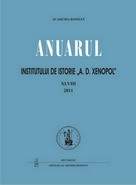
We kindly inform you that, as long as the subject affiliation of our 300.000+ articles is in progress, you might get unsufficient or no results on your third level or second level search. In this case, please broaden your search criteria.

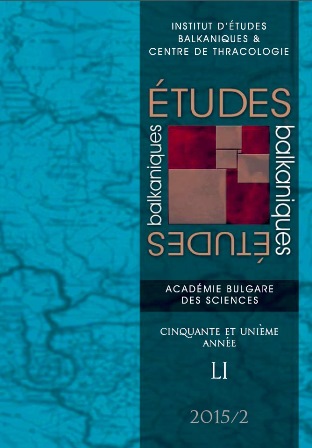
“Sources of the Bulgari Chronicle” is the first attempt all written sourcesof an anonymous chronicle to be revealed. This chronicle has come down to us intwo manuscripts in Italian (one of them is entitled “Un manoscritto (18° secolo)che riguarda la storia dei conti Bulgari”) found in the archive of Bulgari family ofCorfu. It was published bilingually (in Italian and in Greek) in 2010 in Greece byStefanos Konstantinos Voulgaris, a descendant of the Bulgari family. The Chroniclehas evoked great interest in Bulgaria because this is the first comprehensive presentationof the Bulgarian medieval history in a separate book that has reached ourtimes. The revealing of the Bulgari Chronicle’s sources is an important task becauseit will provide information about the nationality of its unknown author, about hisancestry, about the time of the Chronicle’s composition. All authors and titles referredto in the Chronicle are presented in tables, which indicate that there are twomain sources of information. They are the works of the Jesuits Louis Maimbourgand Antonio Foresti, due to which the history of the Bulgarian medieval rulers, representedas forefathers of the Bulgari family of Corfu, has been compiled. As a resultof the analysis done, it is concluded that the author of the Bulgari Chronicle was anItalian, a devoted Catholic, who followed the principles of the historical writing inthe time of the Counter-Reformation. As to the time of the Chronicle’s composition,the possible terminus post quem is 1693, determined by the chronological order ofthe printing of the volumes of Antonio Foresti’s “Mappamondo Istorico”; the terminusante quem is 1698, when the Venetian Senate issued a decree conferring Antonio Bulgari and his successors the title of count.
More...
Positivism and the critical history, a distinct trend in the historiography at the beginning of the nineteenth century in Europe, enjoyed a great receptivity among the Romanian historians. Particularly the scientific research methodology, as the initiators of positivism recommended, also reflected in the Romanian historians’ writing until the late twentieth century. The interest for the archival documents, the synthetic and analytical perspective in examining these documents, the critical apparatus and the strict bibliography are met to too many of our historians, set until the establishment of the Communism in constant scientific dialogue with the Western historians. This study is just a humble part of this success of positivism, totaling the analyzes that had Alexander Papiu-Ilarian as the main character.
More...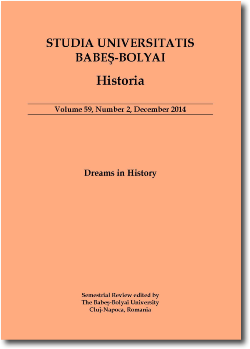
The issue of cultures or civilizations interacting has always obsessed historians and political analysts alike as most scholars believe it can help better understand international relations. The rise of global terrorism on the lines of religious fundamentalism has only served to strengthen the belief in the idea of a clash of civilizations. Yet as the historiographical analysis proposed here shall strive to demonstrate, defining such interactions is somewhat more difficult as it is necessary we take into consideration other elements as well, such as economic interests, commerce, and of course local and regional social developments. The paper will look at some of the most influential works written on the subject in an attempt to compare several theories regarding the rise of the West, a possible resurgence of the East/Rest, how this has influenced civilizational interactions, and to propose new possible interpretations.
More...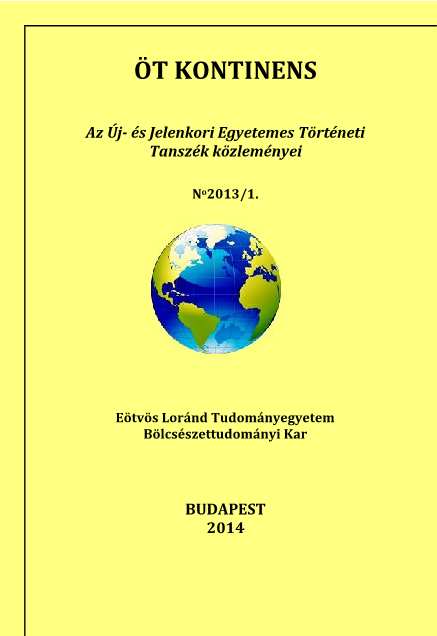
The historian who is keen on events, dates and concrete facts has always approached the world of the senses with care since this is obviously over influenced by subjectivity. And yet the colours and textures of objects, the smell of places, the flavour of food and the taste of wine must first and foremost be defined as facts of society for they allow an understanding of a civilisation. First we propose to carry out a historiographical survey and we have highlighted the progress made by the history of art in this field and the pioneering role of some historians such as Michel Pastoureau and Alain Corbin. A second part offers an inventory of available sources: treatises, regulations, memoirs, private jottings, legal sources … Finally, we present our aims: a history of the senses which must be developed within a time frame, distinguish various evolutions and seek out a global history. In fact, up till now, the history of the five senses has been scattered into different parts, concerned with taste, smell and sight and they have never been connected.
More...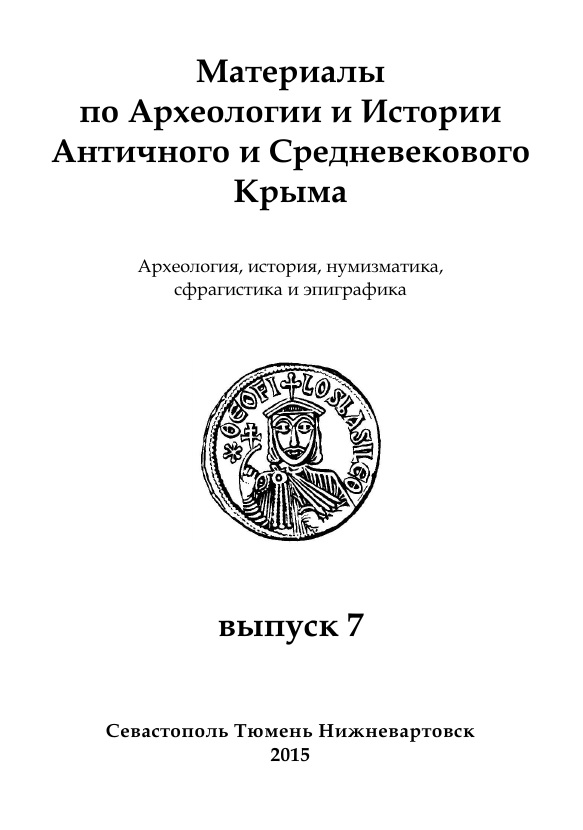
In the article an episode of the Lives of Holy Bishops of Cherson describing a miracle of resurrection through the baptism of the dead boy is defined as an editorial insertion. The author believes that the emphasis on the libation with holy water, the omission of some important parts of the rite of catechesis and baptism, general catechetical orientation of the Lives have the same origins as the special actualization of the theme of baptism with "water" in the Speech of the philosopher of the chronicle — text of catechetical content with some allusions to Bogomilism. The baptism of the bones of Oleg and Yaropolk and other themes and motifs, common to the Lives and chronicle, are hypothetically associated with the church-religious controversy with the Bogomilismic heresy, actual in Russia in X—XII centuries.
More...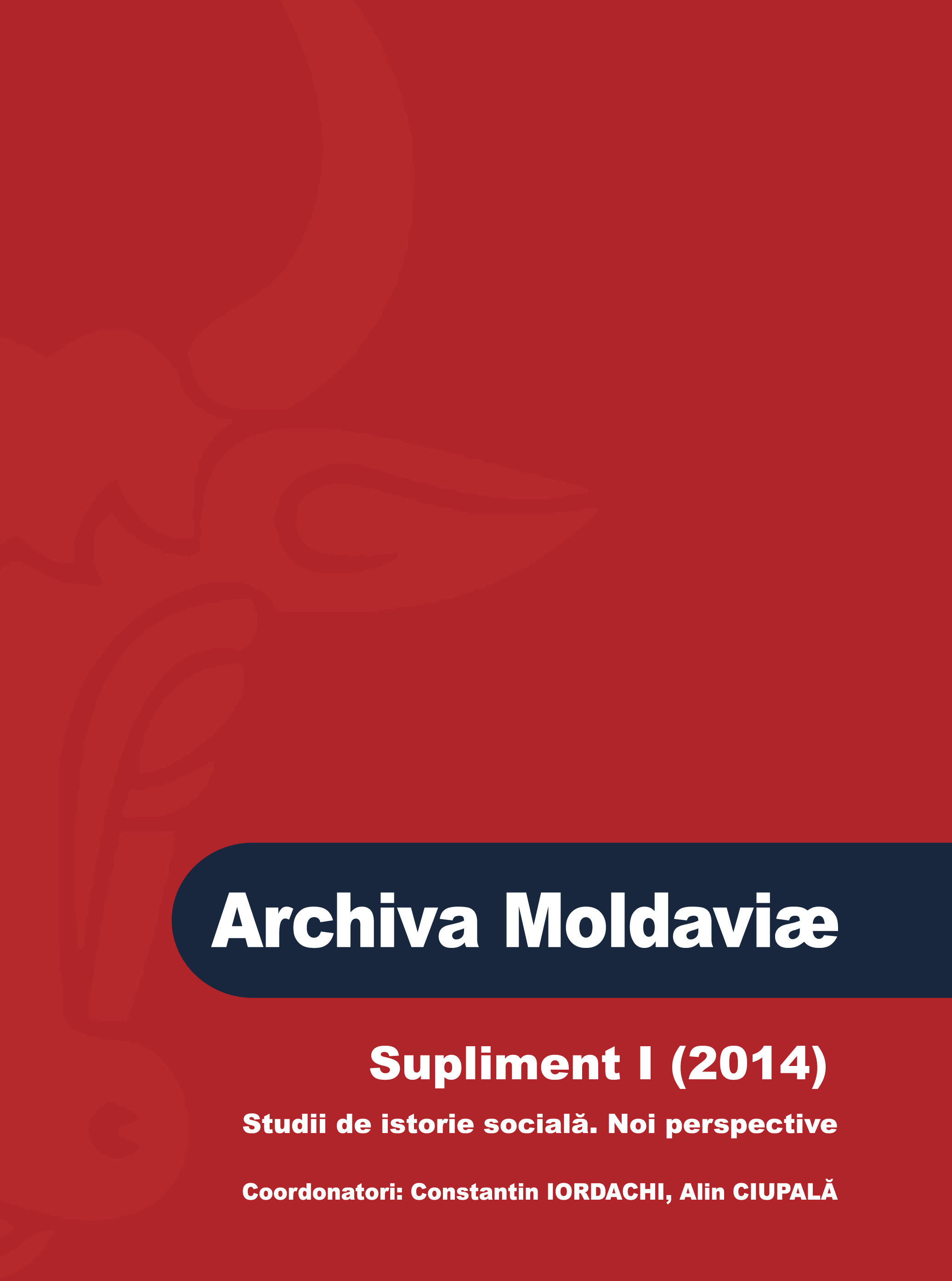
This study provides a systematic overview and a critical evaluation of the recent debates in the field of social history, with a focus on the reciprocal influences between the Western and East-Central historiographies and their impact on the emergence of new socio-cultural approaches to the history of Europe. The first part of the article deals with the emergence and evolution of social history as a reaction against the field of political history, dominant in the 19th century, and its crystallization in a multitude of national schools: social science history in the United States of America; the Marxist Historians Group and the emergence of „history from below” in the United Kingdom; the three generations of the Annales School in France and their interest in deep structures and long term historical changes (longue durée); the “Bielefeld School” in Germany and the paradigm Gesellschaftsgeschichte; and the Italian school of “microhistory”. The part continues with a review of post-modern and post-structuralist critiques of the concepts of “social” and “society”, and their impact on the writing of social history. The second part of the article explores traditions of research on social history in East-Central Europe, focusing on the recent revival of interest in this field, which is a genuine social turn in historiography, even if “belated” as compared to similar processes that took place in Western Europe. I argue that the European-wide trend of reconceptualizing the “social” in the humanities and social sciences, which we are witnessing at the moment, could be further consolidated, by the recent social “turn” in East-Central Europe, potentially leading to the emergence of innovative socio-cultural approaches to the history of Europe. The history of East-Central Europe in the modern period – marked by profound demographic transformations and socio-political, social engineering experiments on a large scale under fascist and Communist dictatorships, and post-1989 processes of democratisation and European integration – presents certain particularities that can turn it into a laboratory for the study of social change and a field of interdisciplinary interaction of scholars from various disciplines and historiographic traditions. From this perspective, the conclusion reviews recent international trends on writing social history, highlighting new transnational and relational approaches to social history, at European, regional or local levels.
More...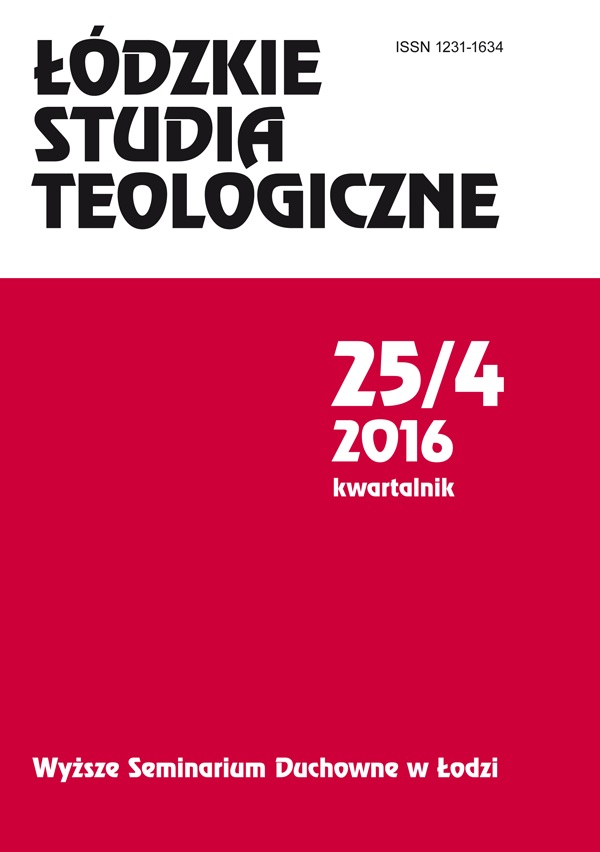
The period of the 19th century and the beginning of the 20th century was a very profitable periodfor Łódź and consequently for ecclesial structures. Factories and enterprises, which were set up in thisperiod, attracted to Łódź many people from various parts of the continent, including many Protestants.This led to the building of four churches (Holy Trinity’s, St. John’s, St. Matthew’s, St. Michael’s) whichup till now (although in new circumstances) exist in our city. At the same time active parishes wereformed around them and gathered evangelicals in Łódź. Despite organizational difficulties this periodwas the time of development for protestant community in Łódź. This period ended with the outbreak ofthe war in 1939 and its consequences, i.e. deportations in 1945.
More...
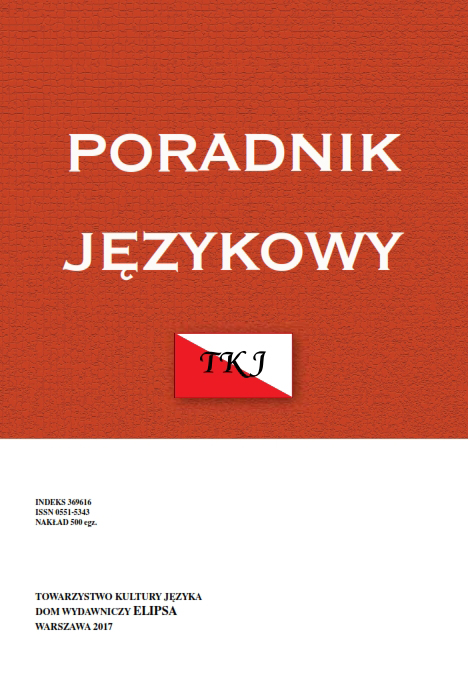
The author of this text proposes a new application of dialectologists’ transcripts – as a source of authentic autobiographical accounts useful in the research on oral history. She presents and discusses a transcript of an interview given to linguists and students of dialectology by Maria Sztrecel, a resident of Kwik, a village in the Masuria region, near the town of Pisz, in 1951. What emerged from the informant’s replies to the questions included in the dialectal questionnaire was a local, emotional and unoffi cial version of history told in the purest dialect. As a result of the post-war change of borders, the community and culture of the inhabitants of the Masuria and Warmia regions were doomed to annihilation. The dialectologists’ transcripts collected at that time could help in the research conducted by historians, ethnographers and culture experts on the pace, course and costs of the process.
More...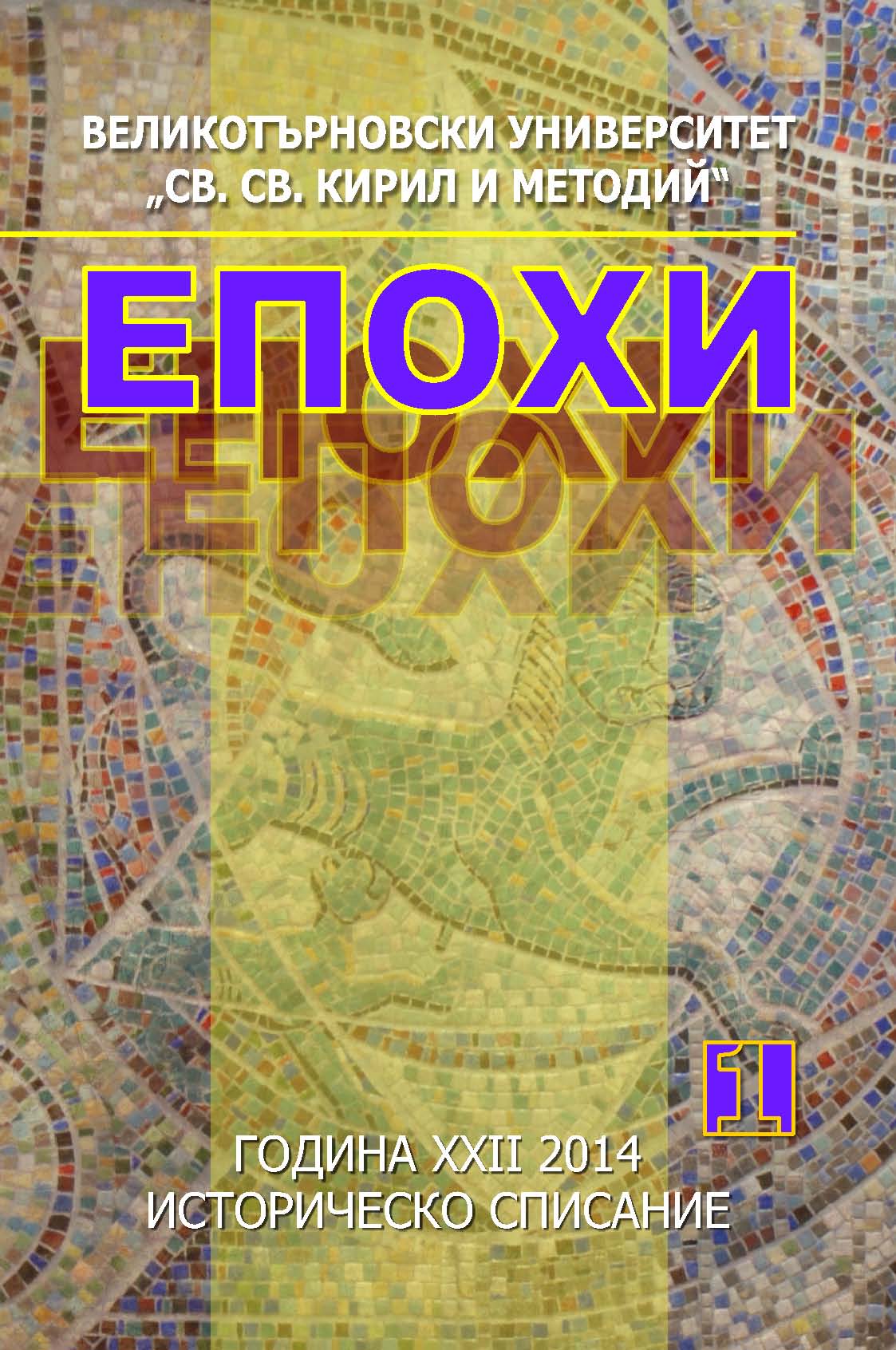
This article aims to show the main stages of the job of the historian with the written archival documents in a theoretical aspect. It has been made an attempt for an introduction of more modern and scientifically adequate names of these stages in the Bulgarian scientific terminology. Four stages are presented in the following order: heuristic, textological, axiological and archaeographic. The thesis of the author is that the work of the historian in the archives is one logical and algorithmic sequence of stages and procedures that are interconnected and whose compliance guarantees to some degree the quality of his/ her research studies.
More...
During the Polish-Lithuanian Union (1385–1795) Polish nobles, clergy, merchants and townspeoplewere moved to the territory of the Grand Duchy of Lithuania. This period was negatively assessedby the Lithuanian society because of “polonization” and anarchy. After the First World War,Poles found themselves in a difficult situation in Lithuania. The Lithuanians did not want to reunitewith our country and repressed the Polish minority living in the vicinity of Vilnius. Poles were thrownout of flats, Polish schools were closed, and Polish symbols were destroyed. Oppression intensifiedduring World War II, when Lithuania collaborated with the Soviet Union and Nazi Germany, wantingto deport Poles from the Vilnius region. Despite the signing by Poland and Lithuania of the “Treaty onFriendly Relations and Good Neighborly Cooperation” in 1994, the situation of the Polish minority isstill difficult. Lithuanians violate a number of our minority rights, such as the right to their own education (Article 15 of the Treaty), first and last name (Article 14), bilingual signs to short-circuit towns inhabitedby the Polish minority (Article 13 paragraph 2 and Article 15), the right to participate in publiclife (Article 14), the prohibition of discrimination and assimilation (Article 15), religious rights (Article13 (2), Article 14 and Article 15) and the right to have own memorial sites (art. 23).
More...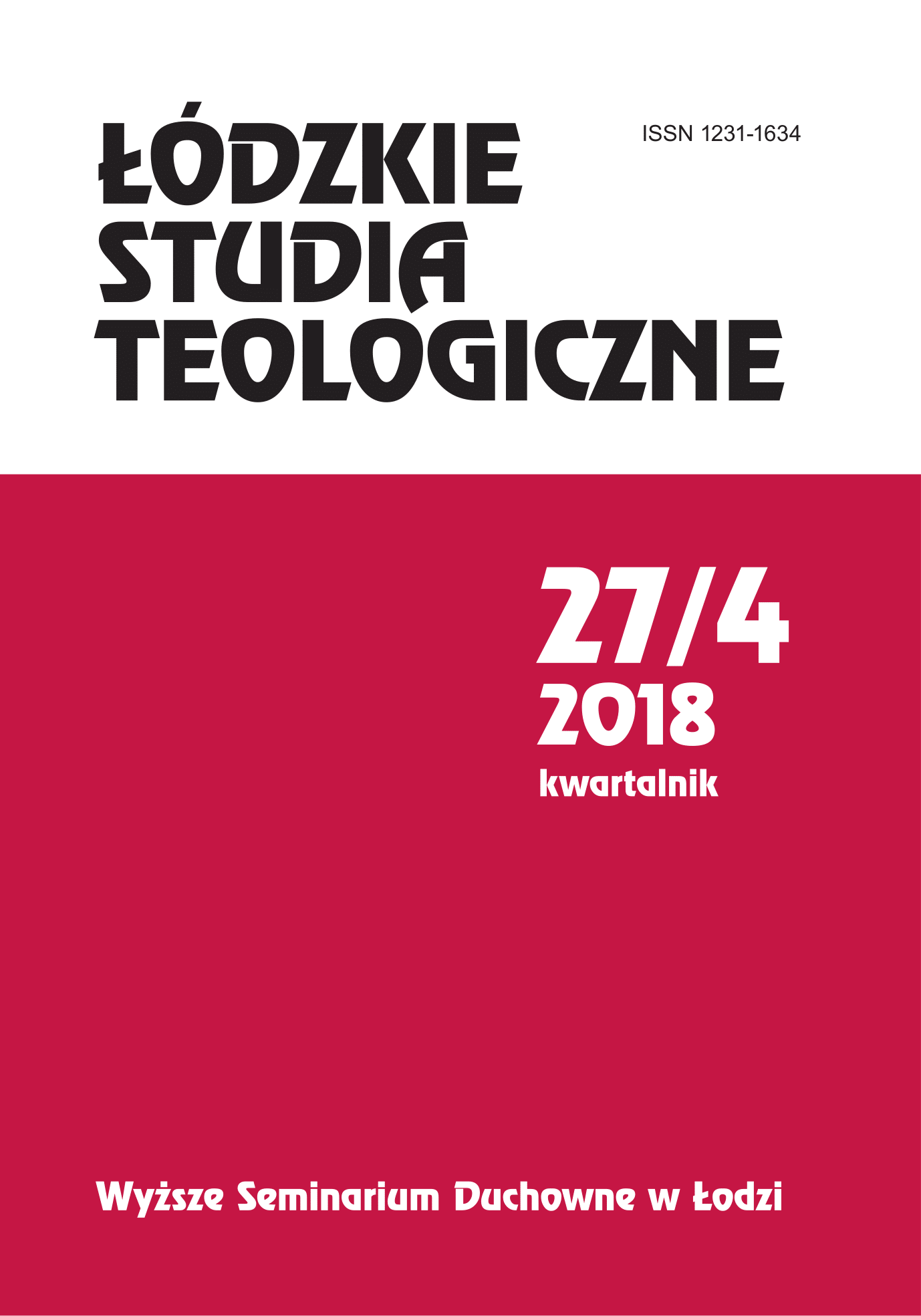
The main aim of the article is to present and discuss various aspects of pastoral care for Polishcitizens (civil and military) in places where Poles reside in France, i.e. in Polish shelters, work, companies,hospitals during the time of the Welfare Society for Poles in France in the years 1939–1944.In the difficult period of the Second World War, the pastoral care enjoyed by the Polish immigrants inFrance was of great importance to them. The pastoral care helped to survive this difficult time, unitedher expatriates, gave them hope to change the situation. The priests working in the Polish communitysurrounded with their pastoral care all Poles who wanted and needed such a ministry, many of themwere arrested and imprisoned for this activity, and some were killed.
More...
At the request of the Order of the White Eagle chapter in recognition of merit among others for restoration of religioous life on the Eastern Borderlands, in 2017 father Marian Franciszek Cardinal Jaworski was decorated by the President of the Republic of Poland Andrzej Duda. This leader of the Roman Catholic Church was born in Lwów on 21 August 1926, he is a lecturer of philosophy and theology. He served the Church both in the Ukraine and Poland. Senior Metropolitan Archbishop of Lwów and former Apostolic Administrator of the Diocese of Łuck and the President of Ukrainian Episcopate is an example of a pastor of people who retain their Polish identity as Catholics residingin post-Soviet countries. He was actively involved in the regeneration of religious and patriotic lifein the Ukraine after 1991, recreating the system of parishes and setting up new institutions such as: Lwów Archdiocese Seminary in Brzuchowice and many other church structures. He supported different kinds of organizations and institutions aiming to form a new generation of Poles. In 1995–1997 he carried out the Archdiocese Synod implementing provisions of Vaticanum II. He contributed to the rebirth of women’s and men’s religious orders in the Ukraine. Moreover, he is a prominent character who serves Poles outside the current borders of Poland. Furthermore, his unquestionable pastoral impact on sustaining the national identity has to be pointed out as well. The article presents not only detailed explanation of the Cardinal’s achievements but is an attempt to pay tribute to Cardinal Jaworski and commemorate his input. In an attempt to maximize the reliability in portraying Cardinal Jaworski the author has chosen an analytical and critical research method.
More...
The aim of the paper „Two Notes on the Battle of Lade“ is to re-examine two of the arguments pertaining the order of the battles of Lade and Chios. Firstly, it questions yet again the meaning of συμμιγνύναι in Polybios’ analysis of the situation after the battle of Lade (16.10.1). While it is admitted that Walbank’s solution is not convincing, it is maintained that considering the use of συμμιγνύναι, it does seem unlikely that Polybios here meant that the war between Attalos and Philip had not yet begun. Secondly, it re-evaluates the importance of the omission of the name of the Rhodian nauarch in the battle of Lade in Polybios’ polemic against Zeno and Antisthenes (16.15). Considering the introduction in the polemic (16.14) the conclusion is that the stakes are much higher than it might seem, since it is not just a methodological polemic, but a question of veracity and therefore the omission of Theophiliskos is much more suggestive than it might seem.
More...
This article offers a twofold overview of databases used in historical research. The first part discusses two models of databases – the elaborated data model and primary sources repositories – and offers examples of each. the second part focuses on a particular online repository of primary sources – Diplomata Belgica – not only presenting its features but also providing examples of its application in the context of prosopographical research on the Flemish Crusaders. One of the article’s main aims is to present the features and opportunities of database application in particular historical research – as well as the need for, advantages of, and problems related to such “digital” research, which will likely become indispensable within a couple of years. Another task at hand is to present the prosopographical potential of Diplomata Belgica, which allows for a broader and more detailed examination of primary sources. This presentation is done on the basis of several exemplary databases (the first part) and searches executed in Diplomata Belgica (the second part).
More...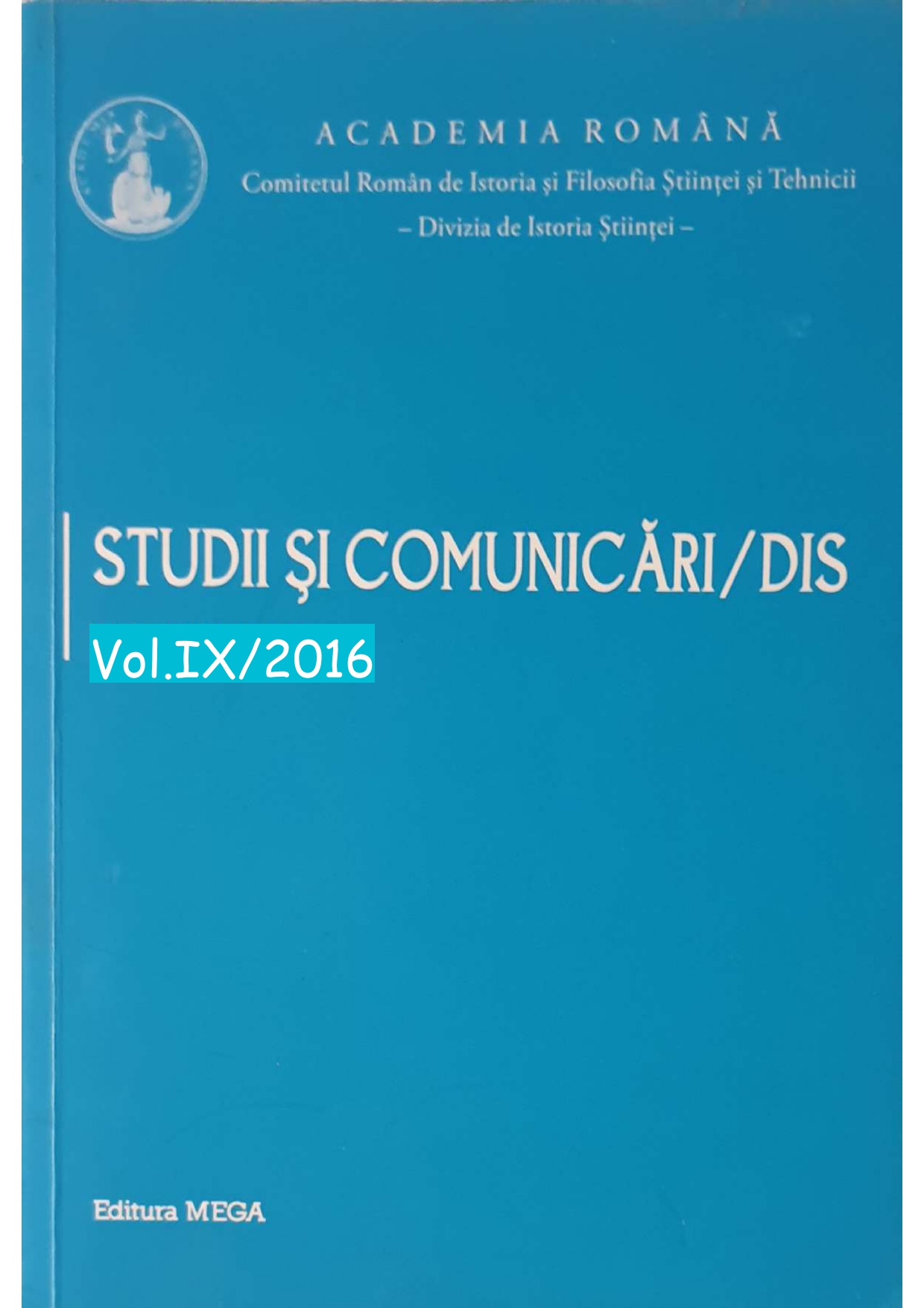
The book entitled What lies behind Boko Haram? is an essential contribution to the knowledge and understanding of terrorism and, particularly, of Jihad ism. The complex and integrated analysis of the Boko Haram phe nomenon has been performed from three perspectives: The first one is geopolitical, based on the author’s experience during research and analyst that led to her doctorate in secu rity and intelligence, and as a former general manager of a large Nigerian company. The second perspective analyses econom ics and focuses on the competition for the control of the rich hydrocarbon resources and uranium ores that lies under the Chad Lake perimeter. And, the third area of analysis considers counter terrorism. The author has analyzed the Boko Haram insurgency using triangulation of data regarding: the leader ship of the organization; the internal conditions that nurtured Nigerian Jihad ism; and, last but not least in importance, the external influences on the Nigerian security complex. The conclusions of the book are a serious warning regarding the risk of a rampant African Jihad ism that should be seen in the context of the European illegal migration crisis.
More...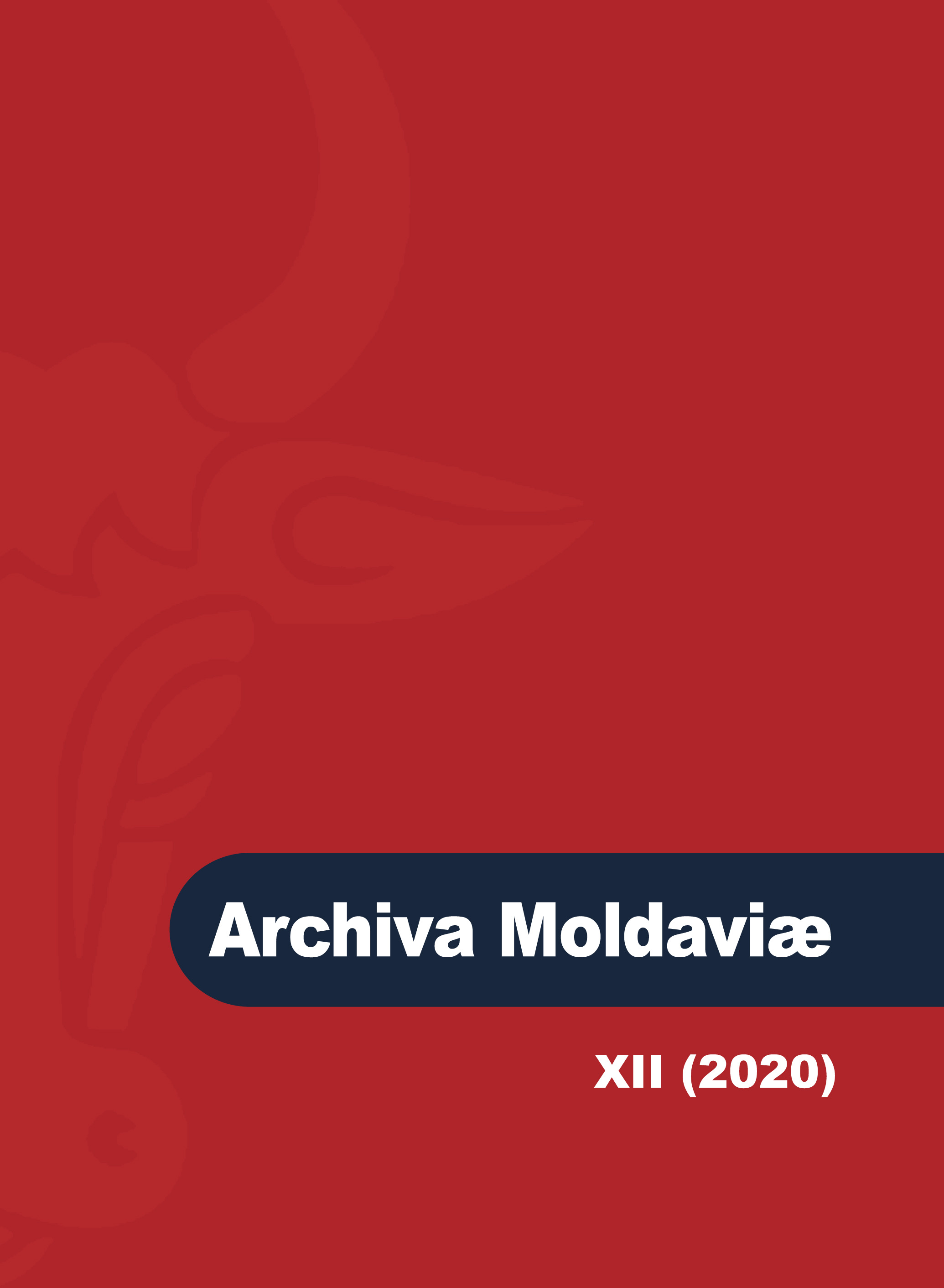
The paper is an homage to the life and work of Prof. Keith Hitchins, pioneering American scholar, who was the first American grantee to study in Cold War Romania, 1960-1961. It reviews his illustrious academic career, surveys his outstanding contri-butions to Romanian studies and the Society for Romanian Studies, and evaluates his large impact on Romanian-American academic relations. Finally, it passes in review Prof. Hitchins’ pathbreaking work on the Romanian national movement in Transylvania, on Romanian history as a whole, and on Romanian historiography.
More...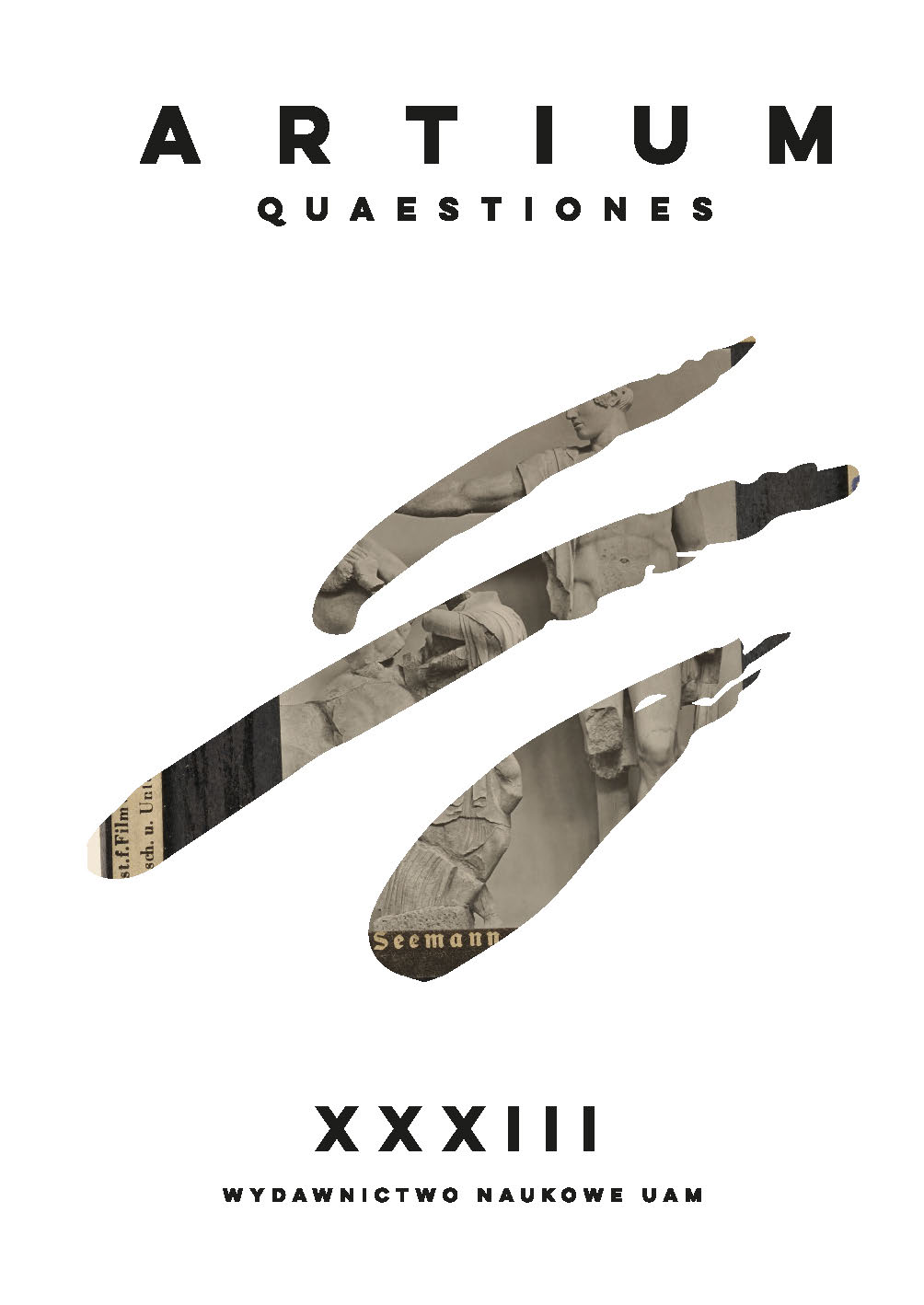
Little has been published about reproductive daguerreotypes, a genre of photographic still life in which another picture – a drawing, an engraving, a lithograph, a painting, a printed text – is the sole referent. However, as this essay demonstrates, a study of reproductive daguerreotypes is a study of daguerreotypy itself – of its capacities and limitations as a medium, of its major figures and its diversity of commercial applications, of its many possible meanings, functions and related viewing practices. But it is also an opportunity to reflect on the place of such daguerreotypes in the larger story concerning the photographic reproduction of artworks. Reproductive daguerreotypes are distinctive in that they copy an artwork exactly but unfaithfully: they often laterally reverse the image even while rendering it small, monochrome, precious, shiny, evanescent, mobile. Most striking is the way such daguerreotypes partake of the logic of reproducibility without necessarily participating in the processes of mass production normally associated with it: as unique copies, they offer replication without multiplicity. In so doing, they complicate the orthodox account of this process promulgated by Walter Benjamin in the 1930s and repeated so many times since.
More...
A comprehensive review of Peter Novick, That Noble Dream. The ‚Objectivity Question‘ and the American Historical Profession, Cambridge University Press, 1988
More...